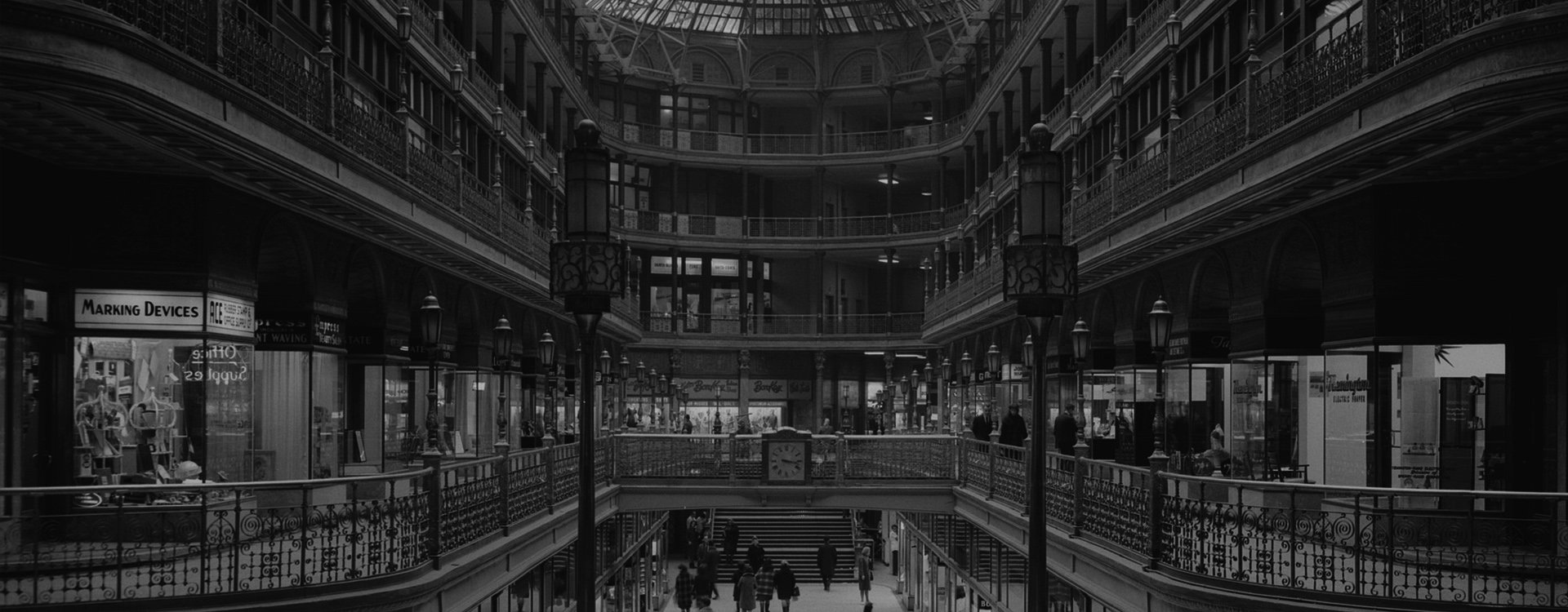
flag history
current flag
For the city’s first one hundred years, Cleveland did not have a flag. At least, not an official flag. New York City resident and Harper’s Weekly writer Julian Ralph is thought to have instigated the public call to action for a new flag design. In an April 25, 1895, Plain Dealer interview, Ralph is quoted as saying:
“I am very much surprised to find that Cleveland has no city flag. …as I look along the fluttering line of symbols I see nothing pertaining to Cleveland and I am sorry.”
— Julian Ralph
Clevelanders, spurned on by the rapidly approaching centennial celebration, rallied behind the prospect of an official city flag.
In the summer of 1895, the Plain Dealer organized a contest to solicit a new Cleveland flag. Designs were judged by a committee comprising Cleveland’s mayor, prominent city officials and members of Cleveland’s art community. The contest’s winner received $35 and the honor of designing Cleveland’s new flag. Second place received $10 and third place received a five dollar prize.
Cleveland’s current flag was designed in 1895 by Susan Hepburn. Some sources list Hepburn as a Cleveland high school student, others a Columbus resident, and others still, a Cleveland Institute of Art student. Some sources indicate Hepburn won a prize of $50, which is the sum of the first, second and third place prizes.
On October 19, 1895, The Plain Dealer described Hepburn’s Cleveland flag design as follows:
“The flag consists of three stripes, red, white, and blue, of equal width, extending across the flag vertically. The width of the white stripe and almost the height of the flag is the American shield. This is separated into two parts by the word “Cleveland” in blue or gold. In the upper left hand corner of the shield is the anvil with the hammer and wheel leaning against it, representing the manufacturing interests of the city. In the upper right hand corner is a capstan with an anchor and oars leaning against it to represent the marine interests of the city. These designs are in blue and bordered with the same color. The lower half of the shield is bordered in red and contains a wreath of laurel surrounding the date of the founding of the city, 1796. The colors of three stripes, red, white and blue, represent patriotism.”
— The Plain Dealer
It is important to note that the Plain Dealer's 1895 description of the flag correctly identifies the symbol in the top right as capstan and not a windlass, which is incorrect. More on this subject appears in the next section below.
The crest also features a laurel wreath tied in a red ribbon and 1796, the year the city was founded. The city's moto, Progress and Prosperity, was added in the 1960s. It was not part of the flag's original design.
Cleveland City Council approved the flag on October 21, 1885. A city ordinance was placed on the flag on February 21, 1896. On February 24, 1896, five months before Cleveland celebrated its 100th birthday on July 22, Mayor Robert McKisson approved Cleveland’s first official flag.

flag error
The Plain Dealer's October 19, 1865, description of the flag identifies the icon in the top right as capstan. Most modern accounts of Cleveland’s flag identify this object as a windlass, which is incorrect. A capstan is a vertical-axle machine used on sailing ships to haul ropes, cables and hawsers. A windlass is a horizontal winch used to move heavy objects. It is unclear when the error first appeared.
The image below, shows a drawing of a capstan on the left and a windlass on the right. The device that appears on the Cleveland flag with the anchor and oars is clearly a capstan.
Frankly, it doesn’t matter whether the device on Cleveland’s flag is a capstan or a windlass—it, and the flag's other inscrutable symbols, has no relevance to modern Cleveland. More on why Cleveland should have a new flag.
The error is pervasive. It appears in published books and in Part One, Title One, Chapter 105, Subsection 105.04 City Banner in the City of Cleveland, Ohio, Code of Ordinances.
Why the city ordinances call it a banner and not a flag is a puzzle for another day.
The flag has served the city well, but it is time for a new flag, Cleveland.






